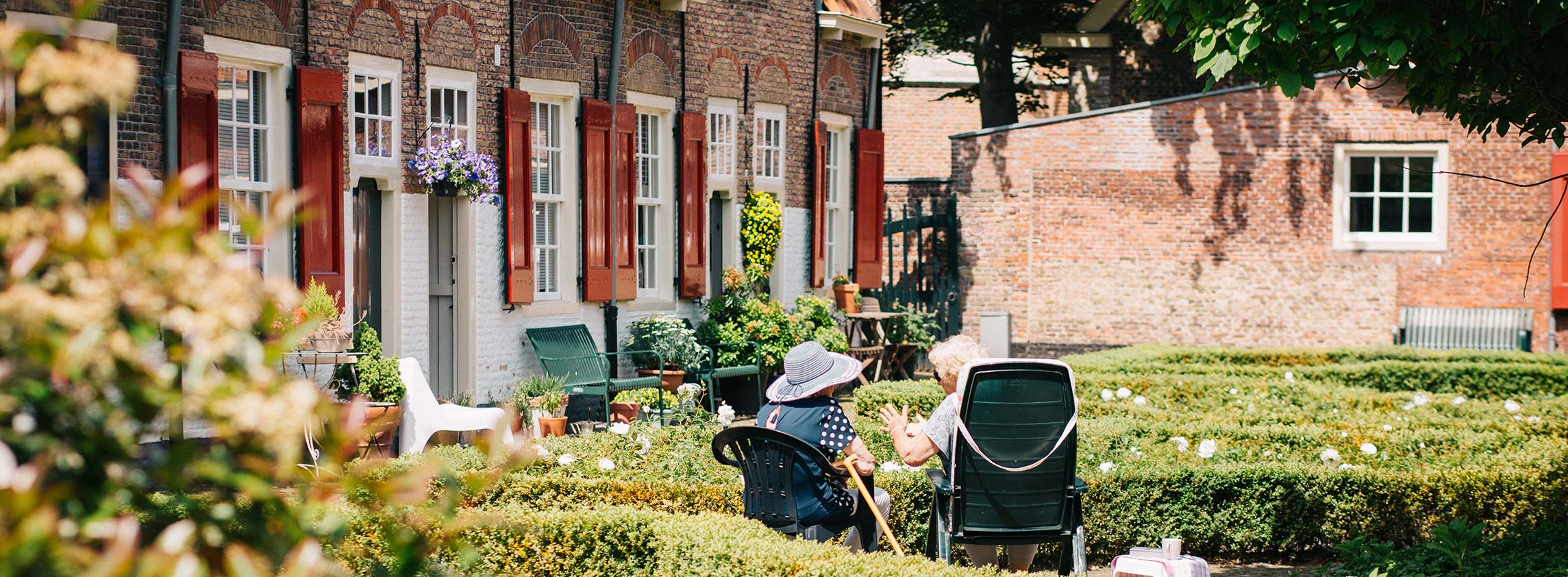Record high H1 investment turnover
More than €4bn was invested in senior living and care homes in Europe during the first half of the year. This is a record level for a six month period and 38% above the average past five H1s. The sector barely even faltered from the pandemic crisis with €7.5bn transacted last year, only 4% down on 2019, which was a record year, proving the growing liquidity of these asset types. Indeed, following the sad headlines news on the vulnerability of the elderly age group leading to excess fatalities in care facilities, quick and strong reactions from operators have enabled to reinstall health safety amongst residents. With admissions and occupancy fast growing back to pre-pandemic levels, the resilience of the sector, the urgent need to adapt the existing supply and develop new and safe facilities caught inventors’ attention.
Both care homes and senior living make an increasingly strong investment case. The fundamentals of the senior housing sector are solid, based on long-term demographic changes. According to the projection from the European Commission, from 2026, the European population will start declining, whilst the share of elderly people will keep on growing. By 2050, the elderly population aged 65 years old and above will account for 30% of the total population from currently 20%. The very old population (≥ above 80 years old) will account for 11% of the total population, from currently 6%. Whilst the timing of this generational shift is uneven across Europe – likely to strike Italy, Germany and Portugal first and most, it will eventually affect all European countries. At the same time, the increasing number of divorces and new living arrangements are leading to an overall lack of housing.
Besides, both asset types provide a long-term secured rental income stream, which in many cases can be supplemented by additional revenues from a-la-carte services. Additionally, with ESG taking higher stakes in investors’ strategy, the intrinsic nature of senior residences, with or without care, benefits from natural leverage over the social aspect of ESG policies. Finally, the sector also benefited from reduced investment allocation in the traditional asset classes such as retail and offices.
Care homes accounted for 76% of senior housing investments in the past five years. The sector is, in fact, more developed as an asset class than the independent senior living sector, which in most European countries is only emerging. Hence, care home investment volumes are generally fuelled by M&A and large portfolio deals whilst the senior living segment is often developing through forward-funding deals.
A growing range of investors is now involved in the sector including, public and private REITs (Aedifica, Cofinimmo, SCPI Primovie), equity funds (Lone Star), pension funds (CDPQ, AP3 Tredje AP-fonden, Storebrand), investment managers (Swiss Life AM, Threestones Capital, Cindat Capital Management, Primonial REIM), financial institutions (Caisse des Depots, Gutmann Group, BNP Paribas) and developers (Batipart, SBB i Norden). The senior living sectors are increasingly attracting foreign capital. Since the beginning of the year, cross border investment accounted for nearly 60% of the total volume, a record share. Belgium, France, Luxembourg, the US and Sweden are the major origin of cross border capital over the past 24 months.
Investment activity remains mainly concentrated in Germany and the UK, accounting for 54% of the total volume accumulated over the past 12 months (against 58% on average over the past five years). Nevertheless, interest in the sector is slowly spreading across Europe and investment volumes have been growing particularly fast in Sweden, Italy and Spain in the last 12 months.
Based on a large number of deals and projects currently under consideration with new and existing investors, we expect the annual volume in senior living sectors to reach a new high in 2021.
Prime net senior housing yields range between 3.3% and 5.75% and prime net care home yields range between 3.85% and 6% or direct-let properties, depending on the country, location and quality of assets. Increased appetite from investors for senior and care home assets has put downward pressure on prime yields over the past six months -14 bps for senior housing and -17 bps for care homes. Yet, senior housing and care home yields remain competitive compared to standard residential units. On average, senior asset yields offer a yield discount of 77 to 112 bps over multifamily. We expect further yield compression in the next 12 months as we anticipate investor interest for the sector to keep on growing and increased competition from US investors.
